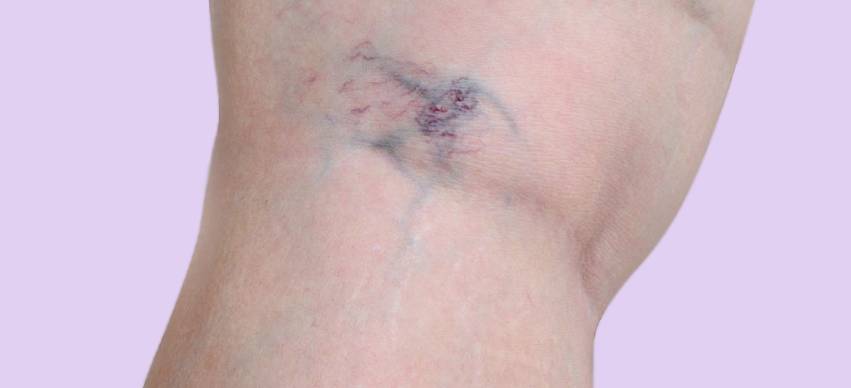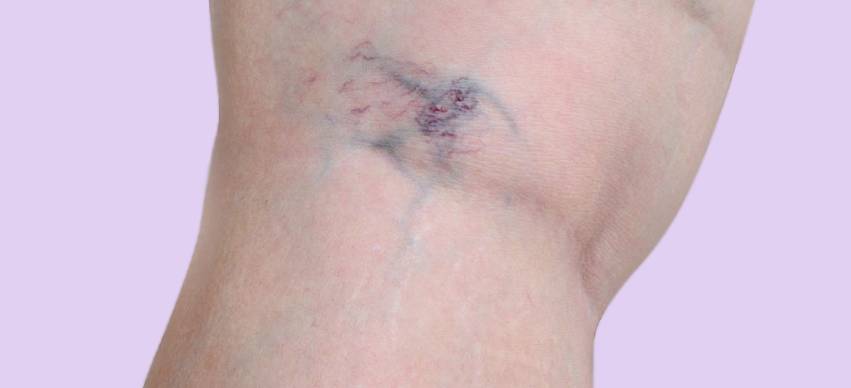
Varicose veins are a common condition that affects many people worldwide. They can be uncomfortable, causing pain, swelling, and aching in the legs. Recent advances in medical technology have led to the development of minimally invasive treatments. These treatments offer patients a less invasive and more convenient alternative. This article will explore these minimally invasive treatment options for varicose veins. We will discuss what to expect during the process.
Understanding Varicose Veins
Before delving into the treatment options, it's essential to understand what varicose veins are. Varicose veins are enlarged, twisted veins that often appear blue or purple on the skin's surface. They occur when the valves in the veins become weak, causing blood to flow backward and pool in the veins. This results in the characteristic bulging and twisting of the veins.
Causes of Varicose Veins
Several factors can contribute to the development of varicose veins. These include:
- Genetics
- Age
- Gender (women are more prone)
- Obesity
- Sedentary lifestyle
Symptoms of Varicose Veins
Varicose veins can cause a range of symptoms, including the following:
- Pain and aching
- Heaviness in the legs
- Swelling
- Cramping and itching.
According to varicose veins El Paso, if you suffer from any of these symptoms, you can be eligible for non-invasive varicose vein treatment.
Benefits of Minimally Invasive Treatments
Minimally invasive treatments for varicose veins offer several advantages over traditional surgical methods. These include:
- Reduced risk of complications
- Minimal scarring
- Faster recovery time
- Less pain and discomfort
- Outpatient procedures
- Improved cosmetic outcomes
Minimally Invasive Treatment Options
The following are some of the most popular minimally invasive treatments for varicose veins:
- Endovenous Laser Ablation (EVLA)
EVLA uses laser energy to treat varicose veins. During EVLA, a thin laser fiber is inserted into the affected vein, and the laser energy heats and seals the vein. This causes the vein to collapse and eventually be reabsorbed by the body. EVLA is typically performed under local anesthesia and offers a shorter recovery period. - Radiofrequency Ablation (RFA)
RFA involves the use of heat energy to treat varicose veins. In this procedure, a catheter that delivers radiofrequency energy is inserted into the affected vein. This energy causes the vein walls to heat up and seal shut. RFA is well-tolerated and provides excellent long-term results. Also RFA provides minimal patient discomfort and downtime. - Sclerotherapy
In sclerotherapy, a special solution is injected directly into the varicose veins. The solution irritates the vein walls, which causes them to stick together and close off. Over time, the treated veins fade and are absorbed by the body. Sclerotherapy is particularly effective for smaller varicose veins and spider veins. - Foam Sclerotherapy
Foam Sclerotherapy is a variation of traditional sclerotherapy. In this method, a foam solution is created by mixing a sclerosing agent with air or gas. The foam has a thicker consistency, allowing it to displace blood within the vein. Foam sclerotherapy is often used for larger varicose veins and has shown promising results. - Ambulatory Phlebectomy:
Ambulatory Phlebectomy involves making small incisions through which the varicose veins are removed. This technique is particularly effective for larger varicose veins close to the skin's surface. Local anesthesia is used during ambulatory phlebectomy. Patients can usually resume normal activities shortly after the procedure. - Transilluminated Powered Phlebectomy (TIPP)
TIPP is a specialized surgical technique used to remove large varicose veins. It involves using a bright light source and a powered phlebectomy device. This device allows the surgeon to visualize and remove the affected veins accurately. TIPP offers precise and efficient removal of varicose veins with minimal scarring.
Recovery and Expected Results
Patients can expect a relatively quick recovery following minimally invasive treatments for varicose veins. The procedures are typically performed on an outpatient basis, allowing patients to go home the same day. After the procedure, common symptoms can appear, but they subside gradually. Some of these include:
- Mild discomfort
- Bruising
- Swelling
Doctors often recommend patients to wear compression stockings. Also, it is recommended to engage in light activities to promote blood circulation and optimize results.
Conclusion
Minimally invasive treatments have revolutionized the management of varicose veins. They provide patients with effective alternatives to traditional surgery. These procedures offer shorter recovery times, reduced discomfort, and excellent long-term outcomes. If you're suffering from varicose veins, consult a vein specialist to explore the available treatment options. Together, you can find the approach that suits you best.

